How to Implement an Effective Liner System in a Landfill
The management of landfills is crucial to minimizing environmental impacts, especially contamination of soil and groundwater. At the heart of effective landfill management lies the liner system—a critical barrier that ensures the safe containment of waste and leachate.
This article delves into the step-by-step process of implementing a robust landfill liner system, backed by research data, practical insights, and industry best practices. By understanding the key components and following a methodical approach, landfill operators can protect the environment while meeting regulatory requirements.
What Is a Landfill Liner System?
A landfill liner system is a layered structure designed to contain waste materials and prevent pollutants from seeping into the surrounding soil and water.
These systems serve two primary purposes:
Contain leachate—a liquid generated from waste decomposition.
Prevent gas emissions and environmental contamination.
Types of Liner Systems
Single Liners: A single barrier layer made of geomembranes or clay.
Composite Liners: A combination of geomembranes and clay layers.
Double-Liner Systems: Two composite liners separated by a leak detection system.
Steps to Implement an Effective Liner System
Step 1: Conduct a Comprehensive Site Assessment
A successful liner system begins with understanding site-specific conditions.
Soil Analysis: Test for permeability and load-bearing capacity.
Water Table Study: Ensure the liner system is above groundwater levels.
Regulatory Compliance: Follow EPA and local guidelines for landfill design.
Step 2: Design the Liner System
The design phase determines the effectiveness of the liner system. Key considerations include:
Liner Thickness: Ensure sufficient thickness to withstand waste load.
Slope Design: Prevent water pooling and ensure leachate flow toward collection systems.
Leak Detection Systems: Include secondary layers for monitoring.
Step 3: Material Selection
Choosing high-quality materials ensures durability and cost-efficiency.
Geomembrane Selection: Opt for HDPE for long-term projects.
Geotextile Fabrics: Select materials with high puncture resistance.
Cost Analysis: Balance upfront costs with long-term performance.
Geomembrane Material Comparison
| Material | Permeability (cm/s) | Lifespan (Years) | Cost per m² ($) |
|---|---|---|---|
| HDPE | <1 x 10⁻¹² | 30-50 | 2.5-3.0 |
| LDPE | <1 x 10⁻¹¹ | 10-20 | 1.5-2.0 |
| PVC | <1 x 10⁻⁹ | 20-30 | 2.0-2.5 |
Step 4: Construction and Installation
Excavation: Clear and level the landfill base.
Liner Placement:
Compact clay layers to minimize permeability.
Install geomembranes using professional welding techniques.
Leak Testing: Use vacuum or pressure tests to detect punctures.
Leachate Collection System Installation: Lay drainage pipes and gravel.
Step 5: Monitoring and Maintenance
Continuous monitoring ensures the long-term success of the liner system.
Routine Inspections: Check for cracks, punctures, and leaks.
Leachate Flow Monitoring: Use flow meters to detect clogs in drainage systems.
Repairs: Patch damaged areas promptly to prevent system failure.
Improved Landfill Management with Double-Liner Systems
A study conducted in California compared landfill leakage rates with different liner systems:
Single Clay Liner: Leakage rate of 120 liters/ha/day.
Composite Liner: Reduced leakage to 8 liters/ha/day.
Double-Liner System: Leakage minimized to <1 liter/ha/day.
The data highlights the importance of using advanced liner systems for effective waste containment.
Table 2: Leakage Rates by Liner Type
| Liner Type | Leakage Rate (liters/ha/day) | Cost per m² ($) |
|---|---|---|
| Single Clay | 120 | 1.5 |
| Composite | 8 | 3.0 |
| Double-Liner | <1 | 5.0 |
Case Study: Sanitary Landfill Project
The design of sanitary landfill is considered as a continous project, including development, operational activity, closure and aftercare. The implementation of an effective landfill liner system is crucial.Proper landfill engineering, including the use of liners and leachate collection systems, plays a vital role in safeguarding ecosystems and public health by ensuring that the disposal of everyday waste does not result in long-term environmental damage.
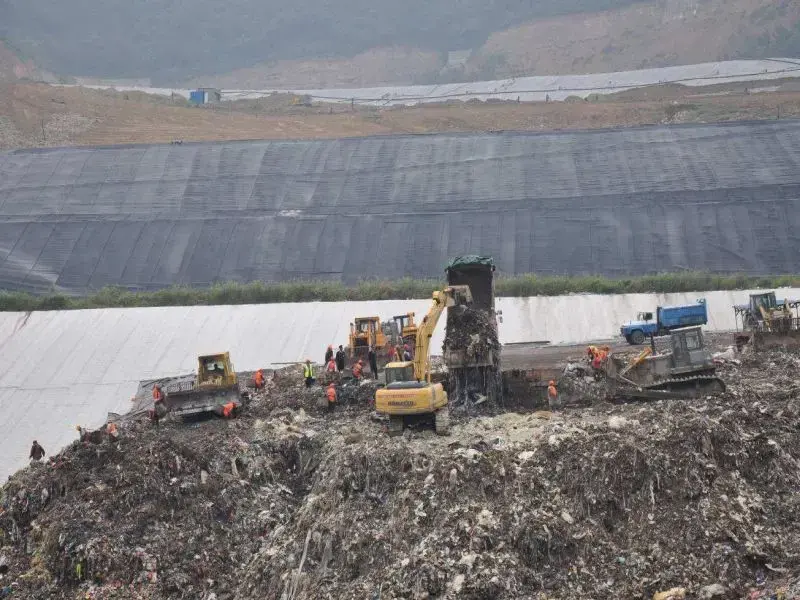
Liner System
The design of the anti-seepage system should meet the following requirements:
1,Use reliable anti-seepage materials and corresponding protective layers.
2,Establish a leachate collection and drainage system.
3,Landfill engineering should, based on hydrogeological conditions, incorporate an underground water collection and drainage system to prevent harm and damage to the anti-seepage system caused by groundwater. The underground water collection and drainage system should demonstrate long-term drainage performance.
291886.webp)
The above picture shows usual design of the liner system. The structure from top to bottom includes: anti-seepage layer (including geofabrics(300g and 600g), HDPE geofilm, GCL), foundation layer(soil), underground water collection and drainage system(composite drainage net).
Requirements
The design of the anti-seepage layer should comply with the following specifications:
HDPE Membrane and Compacted Soil Composite Anti-seepage Structure:
1, Non-woven geotextile should be used as a protective layer on the HDPE membrane
2, The thickness of the HDPE membrane should not be less than 1.5mm.
3, The permeability coefficient of compacted soil should not exceed 1×10-9m/s, with a minimum thickness of 750mm.
Structure
HDPE Membrane and GCL Composite Anti-seepage Structure:
1, Non-woven geotextile should be used as a protective layer on the HDPE membrane, with a minimum specification of 600g/m2.
2, The thickness of the HDPE membrane should not be less than 1.5mm.
3, The permeability coefficient of GCL should not exceed 5×10-11m/s, with a minimum specification of 4800g/m2.
4, A certain thickness of compacted soil should be used as a protective layer below the GCL, and the permeability coefficient of compacted soil should not exceed 1×10-7m/s.
Compacted Soil Single-layer Anti-seepage Structure:
1, The permeability coefficient of compacted soil should not exceed 1×10-9m/s.
2, The thickness of compacted soil should not be less than 2m.
4, HDPE Membrane Single-layer Anti-seepage Structure:
Quality Products
1 geomembrane
1)The thickness should not be less than 1.5mm.
2)The width of the membrane should not be less than 6.5mm.
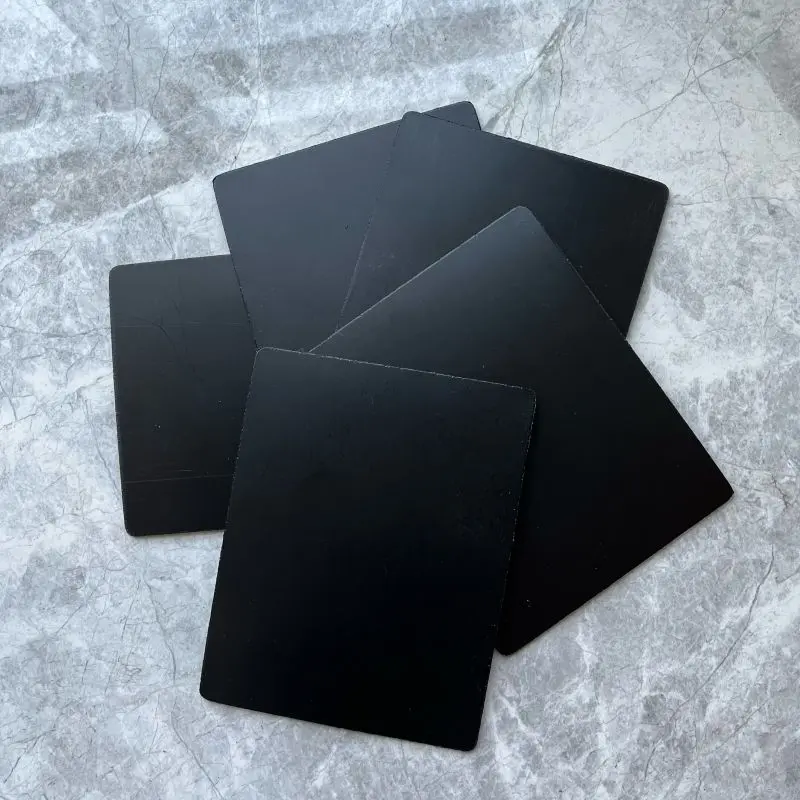
1) It should be tailored to the characteristics of the anti-seepage system project and be adaptable to the operational environment of the landfill site.
2) When geotextile is used as a protective material for HDPE membrane, non-woven geotextile should be adopted, and the specification should not be less than 600g/m2.
3) When geotextile is used as the filter material for blind ditches and leachate collection and drainage layers, the specification should not be less than 150g/m2.
4) Geotextile should possess excellent durability performance.
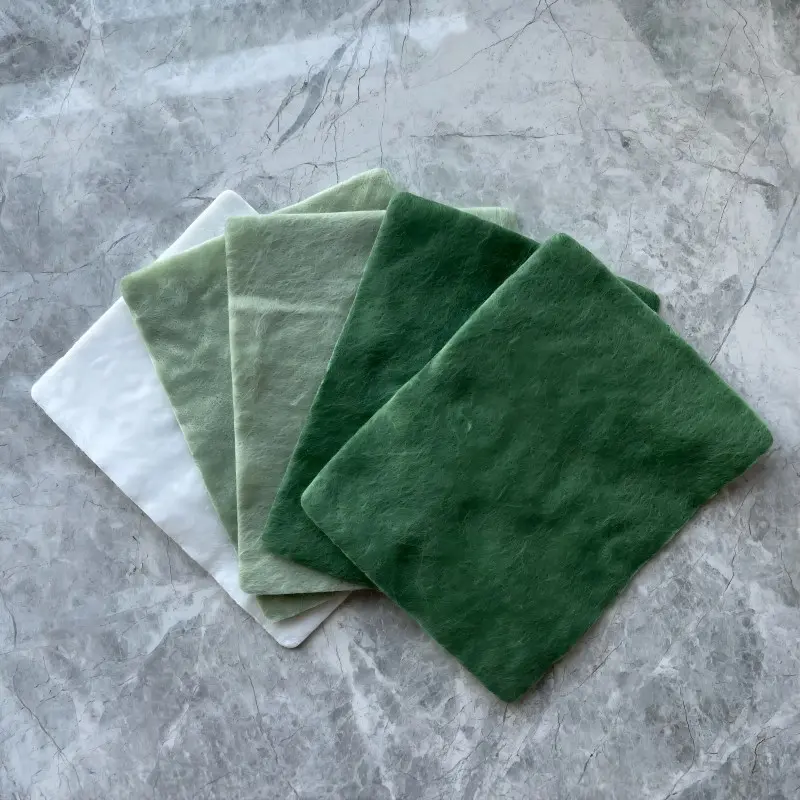
3 GCL
1), In the landfill anti-seepage system project, the Geosynthetic Clay Liner (GCL) should have a smooth surface, uniform thickness, and no punctures or edge damage. For needle-punched products, the needling should be even and dense, with no residual broken needles.
2), The total mass per unit area should not be less than 4800g/m2, with the mass of bentonite per unit area not less than 4500g/m2.
3), The volume expansion degree of the bentonite should not be less than 24ml/2g.
4), Tensile strength should not be less than 800N/10cm.
5), Peel strength should not be less than 65N/10cm.
6), The permeability coefficient should be less than 5×10-11m/s.
7), It should withstand a static water pressure of 0.6Mpa for 1 hour without leakage.

4 3D drainage net
1), The geotextile and geogrid in the geosynthetic composite drainage net should be pre-bonded, and the bonding strength should be greater than 0.17kN/m.
2), The geogrid in the geosynthetic composite drainage net should preferably be made of HDPE material, with a longitudinal tensile strength greater than 8kN/m and a transverse tensile strength greater than 3kN/m.
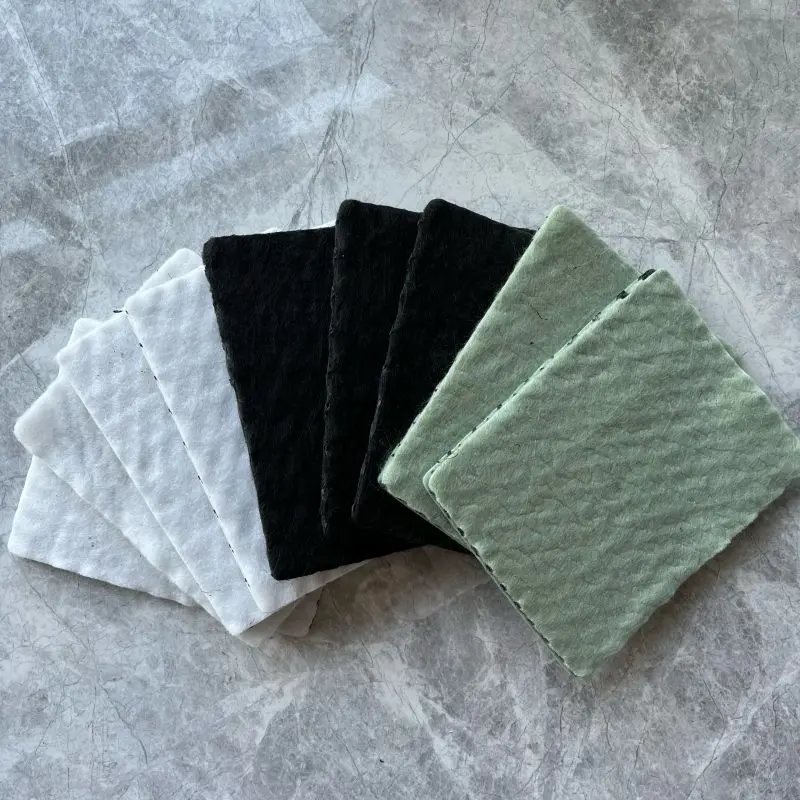
What Can We Do for You
If you are worried about finding products for a landfill project, then we are your best choice!
The China's leading geofabrics manufacturer, with over 15 years experience in landfill engineering, Haoyang Environmental have extensive expertise in the supply of specialist composite materials for landfill Liner system.Let me show you our production line :
Geomembrane production line
This equipment uses high-density polyethylene (HDPE), low-density polyethylene (LDPE), and linear low-density polyethylene (LLDPE) as raw materials. It employs a three-layer co-extrusion technique to extrude from the die, and utilizes the blown film process for expansion. The film is then formed through internal and external cooling systems, followed by traction and winding to produce geosynthetic membranes. It can produce membranes with a thickness ranging from 0.2 to 3.0mm and a maximum width of 10 meters, with an annual production capacity of 8000 tons.
175064.webp)
Advanced Features of The Equipment
Production of single and double rough-surface geosynthetic membranes (compliant with national and industry standards).
Production of 11-meter wide geosynthetic membranes (compliant with national and industry standards).
Utilization of a melt pressure monitoring system to real-time monitor the screw extruder pressure, ensuring product quality.
Full machine control using PLC and touchscreen, ensuring a high degree of automation.
Certificates:
1, Film blowing air ring cooling device (patent certificate)
2, Film winding frame for film blowing equipment (patent certificate)
3, Bidirectional winding machine (patent certificate)
4, A limiting device for a winding machine (patent certificate)
Rolling GeoMembrane Production Line
This equipment uses polyethylene, polyvinyl chloride, EVA, and other resins along with additional additives as raw materials. After uniform mixing and moisture removal in a drying machine, two efficient single-screw extruders melt and plasticize the materials. Impurities are removed through a filter, and the molten material is extruded through a die of a hanger-type mold head. The high-temperature melt enters the gap between three counter-rotating calender rolls (the surface temperature of the rolls is controllable to regulate the temperature during film formation), subjecting it to compression and extension to become a continuous flat plastic body. After cooling and shaping, the material is then cut and wound into the final geosynthetic membrane product.
391225.webp)
Advanced features of the equipment include:
The equipment has a high production capacity and a wide door width, with a product width of up to 8 meters, significantly improving construction efficiency and filling a domestic gap.
The equipment can produce both smooth films and achieve online lamination, producing various products such as one fabric, one film, and two fabrics, one film, offering a wide range of product types.
Filament Spunbond Needle-punched Nonwoven Geotextile Production Line
This production line adopts advanced technologies widely recognized in the international industry, incorporating, for the first time domestically, innovative dual-screw extrusion technology, dual-row spinning systems, pipeline air-flow drawing technology, plate swing system, and high-speed needle-punching fabric production process. It incorporates eighteen international and domestic patented technologies. The resulting product possesses high strength, resistance to aging, acid and alkali resistance, wear resistance, good flexibility, and ease of construction.
134493.webp)
Filament Woven Geotextile Production Line
This equipment use high-strength continuous filaments of polyester, polypropylene, and nylon as raw materials. After twisting, it is woven into continuous filament woven geotextile using a negative rapier loom. The production line can manufacture continuous filament woven geotextile with a maximum weight of 800g/m², a tensile strength of 250KN, and a maximum width of 6.3 meters, with an annual production capacity of 3000 tons.
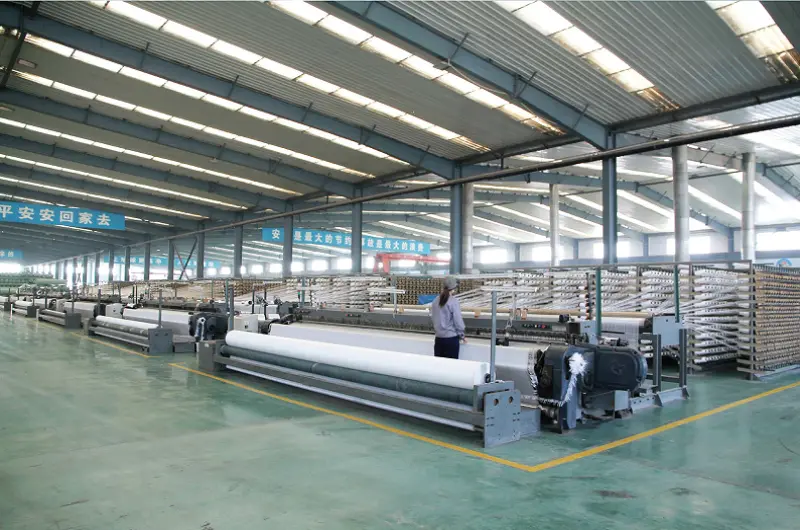
Advanced features of the equipment include:
1, Production of continuous filament woven geotextile with a maximum width of 6.3 meters.
2, Achieving a maximum tensile strength of 250KN.
3, High level of automation in equipment, resulting in high production efficiency and uniform weight stability.
Certificates
Rapier loom edge-twisting device (patent certificate)
Three-dimensional Composite Drainage Net Production Line
This equipment uses polyethylene resin as raw material, melted and extruded through a screw extruder to create a three-dimensional drainage core with a rotating die head. The geotextile and the drainage core are then compounded using an online thermal composite device to produce a three-dimensional composite drainage net. The production line can manufacture drainage nets or composite drainage nets with a core thickness of 5-8mm and a maximum width of 3 meters, with an annual production capacity of 2000 tons.
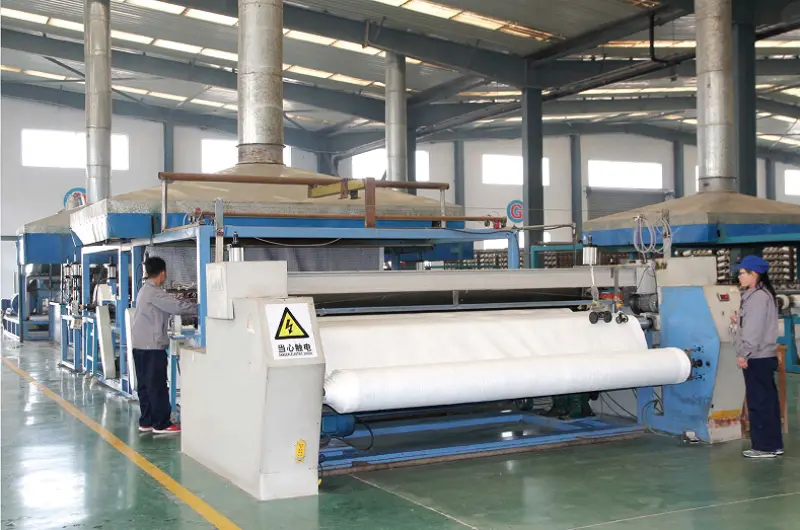
Advanced features of the equipment include:
1, Adoption of a new efficient screw for uniform material plasticization and high yield.
2, Utilization of a new rotating die head for a stable three-dimensional structure of the drainage core, ensuring excellent drainage performance.
3, Implementation of a new online thermal composite device for high peel strength of the composite drainage net.
Certificates:
Three-dimensional net composite device (patent certificate)
Bentonite GCL Production Line
This equipment uses high-quality sodium-based bentonite as raw material. Through an automatic feeding system, the material is conveyed horizontally using a horizontal spreading system. The needle-punch system is employed to compound the upper geotextile, lower woven fabric, and the intermediate bentonite layer, producing a waterproof blanket. The production line can manufacture waterproof blankets with a weight range of 3000-6000g/m² and a maximum width of 6 meters, with an annual production capacity of 20,000 tons.
940322.webp)
Advanced features of the equipment include:
1, The equipment's feeding system uses a dust-free process, ensuring cleanliness.
2, The needle-punch system utilizes servo control and an irregular and disorderly needle-punching process, providing high precision control and excellent needle-punching effects.
Certificates:
Multi-layer composite bentonite waterproof blanket (patent certificate)
Contact Haoyang Today
Take the first step toward building an environmentally secure landfill. Choose Haoyang for reliable, innovative, and sustainable liner solutions.
Visit our website or contact our team for more information.
FAQ
1: What role do geofabrics play in sanitary landfill leachate prevention?
Geofabrics act as a protective barrier by providing reinforcement and stability to the soil, preventing leachate migration into surrounding areas.
2: How does a geomembrane contribute to leachate containment in landfills?
Geomembranes create an impermeable barrier, preventing the downward movement of leachate into the soil and groundwater, thus safeguarding against environmental contamination.
3: Why is a drainage net essential for landfill leachate management?
A drainage net facilitates efficient leachate collection and removal, preventing waterlogging and ensuring the proper functioning of the landfill's waste containment system.
4: How does a Geosynthetic Clay Liner aid in leachate control?
GCLs absorb and swell upon contact with leachate, creating an additional barrier against its movement and enhancing the overall effectiveness of the landfill liner system.
5: Can the combination of geofabrics, geomembrane, drainage net, and GCL completely eliminate the risk of leachate leakage?
While these geosynthetic materials significantly minimize the risk, proper design, installation, and maintenance are crucial for ensuring long-term effectiveness in preventing sanitary landfill leachate migration. Regular monitoring and inspection are recommended for optimal performance.
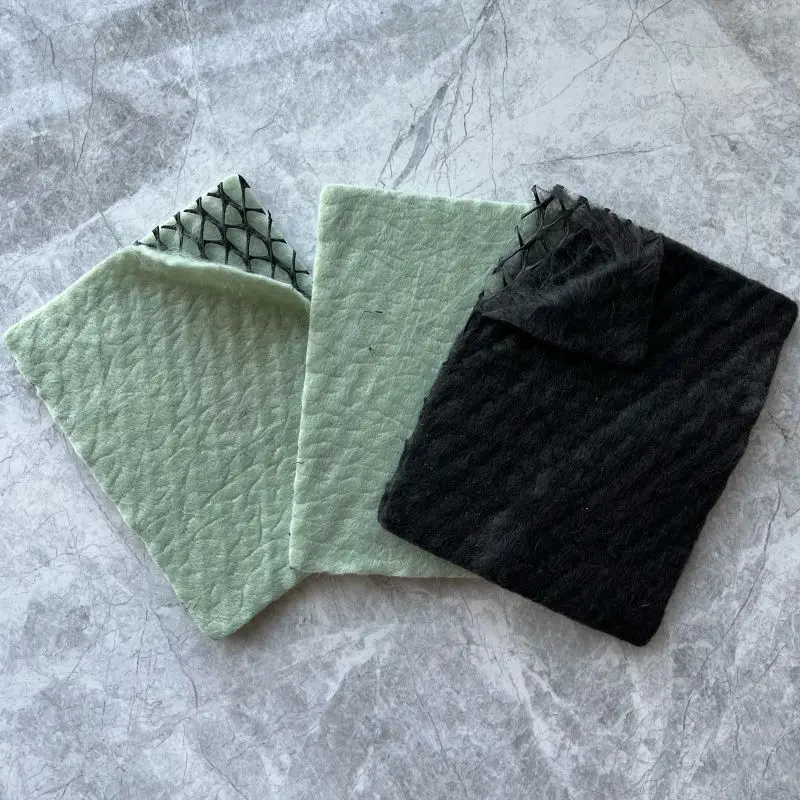
897.webp)
942.webp)
237.webp)